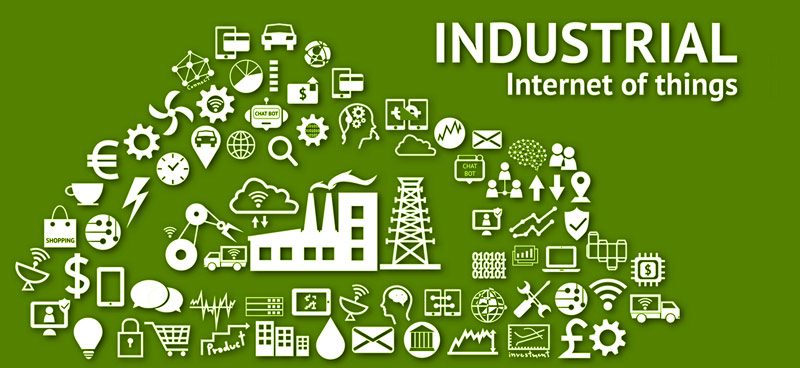As cloud usage among international enterprises grows, so too does the need for cloud data and analytics. In fact, it is predicted that the cloud data and analytics industry will nearly double in the next year. Businesses are rapidly signing on to transfer their IT needs to cloud technology and data centers. With this willingness to jump aboard this settled trend, the need to be able to accurately and consistently measure and analyze the effectiveness of cloud technology on a business’s revenue and productivity becomes vital for the livelihood of the technology. Already, within the last two years, cloud data and analytics has revolutionized.
The incredible surge in cloud data and analytics technology and tools is powered by three main factors. These include increased demand for accurate measurement, the reduction in the cost of data storage and processing and the profound increase in the number of devices capturing data.
The Benefits of Cloud Data Analytics
When listing the benefits of cloud data analytics, there are five main advantages cited:
- Lowered Technology Costs. The fact that businesses no longer need to deploy their own IT infrastructure allows for easy and cost-effective connection to multiple data sources.
- Data Consistency. Cloud data analytics allow a company to adopt a single and recognized set of data for analysis.
- Increased Speed in Data Capturing and Analysis. Automated cloud data analysis tools give companies a single, easy to read and understand overview of their measurements. The user-friendly nature of this report increases the value of the metrics.
- Reduction in Cost of Report Generation and Analysis. Again, automated cloud data analysis tools take away the need to pay an entire department to create and analyze reports for the company. The automated tools do this for you.
- Increased Data Context. Data without understanding lacks value. Therefore, a benefit of cloud data analytics tools is the fact that they provide a readable context for the data they provide. These reports clearly demonstrate what the measurements mean and how they affect your company.
Cloud Data Analysis Advancements to Watch for
Industry experts have compiled a list of top cloud data analysis advancements to watch for in the upcoming years. Already, the beginnings of each of these have begun. Learn more about each of the expected advancements in cloud data analysis below.
- Reliance on Real-Time Analytics. In today’s rapidly moving business world, real-time metrics are invaluable. 2016 is expected to see the continued evolution of Spark and other services that provide real time actionable insights and measurements.
- Update in Data Importance. Data is about to get a first class seat in the world of the cloud. What does this mean? Currently, one of the main challenges of cloud-based IT systems is the uploading of data into the system. This year is expected to see an increase in ease of data integration. This data is then able to be refined and measured for analysis.
- Analytics as a Service. Currently, most analytics are performed in-house. The upcoming year is expected to see an increase in big data analytics as a generally accepted service that will accompany most data center and cloud technology packages.
Finding a data center with established cloud data analysis
Companies looking to get started on cloud data analysis integration are advised to seek expert help. Call (888) 865-4261 to speak with a Volico representative about the variety of cloud data analysis tools offered through Volico.












